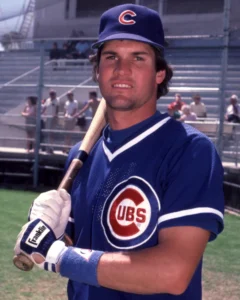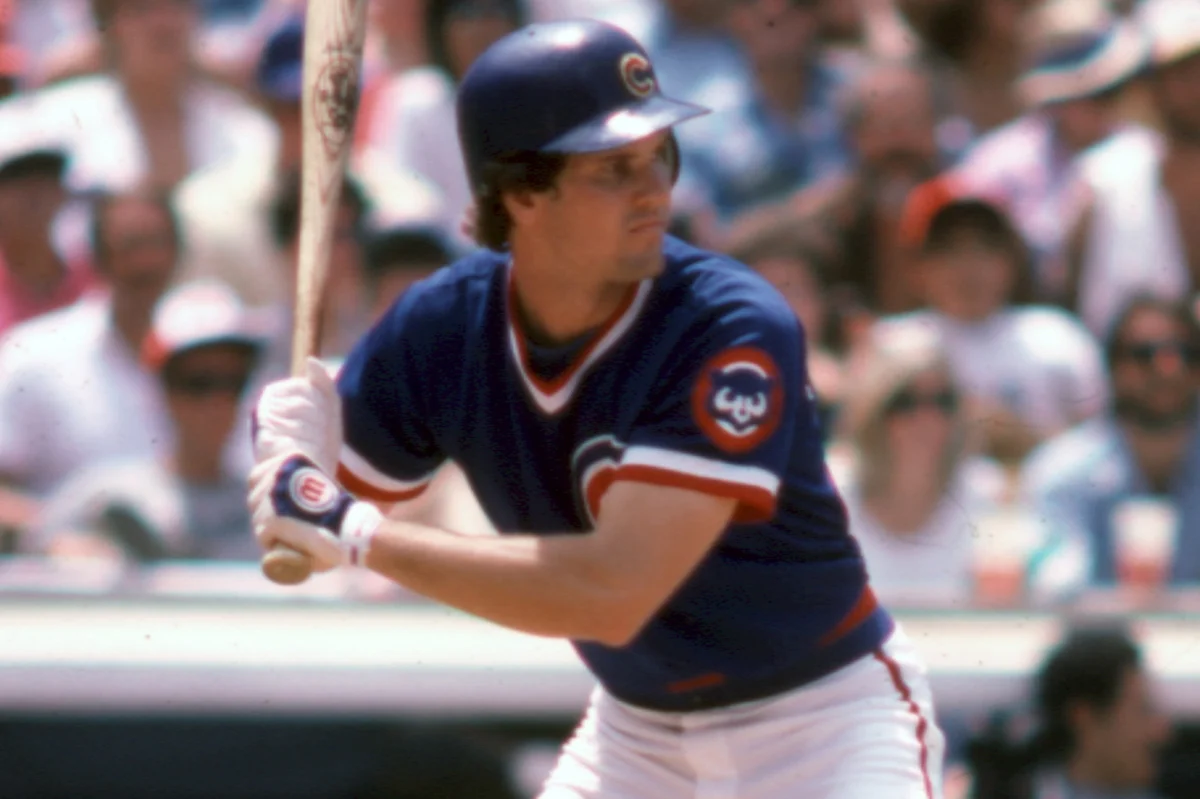
In the rich history of Major League Baseball, there are players whose greatness lies in their flair and flash, and then there are players like Ryne Sandberg—steady, professional, and quietly dominant. Sandberg wasn’t the loudest voice in the room, but when he stepped onto the field, he let his game do the talking. Over the course of a Hall of Fame career, Sandberg became the gold standard for second basemen, known equally for his power at the plate and his smooth, reliable glove in the field.
The Early Days
Ryne Sandberg was born on September 18, 1959, in Spokane, Washington. A standout athlete from an early age, he had offers to play quarterback in college football, including from powerhouse programs like Washington State. But baseball was his true passion, and in 1978, he was drafted by the Philadelphia Phillies in the 20th round. Not many expected greatness from a 20th-round pick, but Sandberg’s quiet determination soon began to shine through.
Ironically, the Phillies would trade him away before they realized what they had. In 1982, Sandberg was sent to the Chicago Cubs in a deal that would go down as one of the most lopsided trades in baseball history. At the time, he was seen as a throw-in piece. That perception wouldn’t last long.
Rising to Stardom in Chicago
Sandberg made his debut with the Cubs in 1982 and became a full-time starter the next season. But it was in 1984 when he truly burst onto the national scene. That year, he hit .314 with 19 triples, 19 home runs, 84 RBIs, and 32 stolen bases. He played sparkling defense and led the Cubs to their first postseason appearance since 1945. For his efforts, he was named the National League’s Most Valuable Player.
Perhaps the defining moment of that season—and arguably of his career—came on June 23, 1984, in a nationally televised game against the St. Louis Cardinals. Known now simply as “The Sandberg Game,” he hit two game-tying home runs off Cardinals closer Bruce Sutter, a future Hall of Famer. The Cubs eventually won the game in extra innings, and Sandberg became a household name across the country.
It wasn’t just that he had a big game. It was how he did it—calm, clutch, and with remarkable poise. That game encapsulated everything about Sandberg’s career: unassuming but unforgettable.
Excellence with the Glove
Offensively, Sandberg redefined what was possible for a second baseman, but his defense was just as impactful. From 1983 to 1991, he won nine consecutive Gold Glove Awards. At the time of his retirement, he held the highest career fielding percentage (.989) among second basemen, a reflection of his precision and consistency.
He wasn’t the most athletic player on the field, but he was always in the right place. His range was excellent, his footwork was textbook, and his double-play turns were crisp and reliable. In an era before advanced defensive metrics, Sandberg’s excellence was easy to see with the naked eye. He made difficult plays look routine and never tried to do too much—he just got the job done.
Power at the Plate
For much of baseball history, second base was seen as a position for scrappy hitters—guys who slapped singles and ran well but didn’t offer much power. Ryne Sandberg flipped that script.
He finished his career with 282 home runs—at the time, the most ever by a second baseman. He also drove in 1,061 runs and scored over 1,300. He led the league in home runs in 1990 with 40, becoming the first second baseman since Rogers Hornsby to do so.
His swing was compact and quick, and he was a disciplined hitter who rarely chased bad pitches. More importantly, he delivered in big moments. Whether it was a crucial hit in a pennant race or a long home run on Opening Day, Sandberg brought a quiet intensity to every at-bat.
Leadership by Example
In many ways, Sandberg’s demeanor was a throwback. He wasn’t interested in making headlines or showing up opponents. He believed in hard work, preparation, and respecting the game. Teammates often spoke of his quiet leadership—how he led by example more than words.
He was never the kind of player who demanded attention, but his work ethic demanded respect. Day in and day out, Sandberg gave everything he had. He wasn’t just talented—he was dependable, professional, and focused. Managers loved him, teammates admired him, and fans appreciated him.
A Short Retirement—and a Return
In a surprise move, Sandberg retired abruptly in 1994 during a slump, citing a loss of passion for the game. Most assumed he was done for good. But in 1996, he returned to the Cubs for two more seasons, not because he needed the spotlight but because he felt he still had something to offer.
Though not quite the same player in his final seasons, his return was a testament to his love for the game and his loyalty to the Cubs organization. He walked away for good after the 1997 season, but not before reinforcing his legacy as one of the all-time greats.
Hall of Fame and Beyond
In 2005, Sandberg was inducted into the National Baseball Hall of Fame in Cooperstown, New York. During his induction speech, he emphasized the importance of respect—for the game, the fans, the umpires, and one’s teammates. It was a fitting message from a player who embodied that value every time he put on a uniform.
After retirement, Sandberg spent time managing in the minor leagues and later managed the Philadelphia Phillies for parts of three seasons. Though his managerial career didn’t mirror his playing success, his impact on the game as a player remains untouchable.
The Legacy of Ryne Sandberg
Ryne Sandberg didn’t need theatrics to be great. He didn’t crave attention, but he earned it anyway—through performance, discipline, and integrity. He was a game-changer at second base, a quiet leader, and a cornerstone of the Chicago Cubs for more than a decade.
For fans who watched him play, Sandberg represented what baseball was all about: effort, consistency, and respect for the game. Today, his name still stands as a benchmark for how to play second base the right way—smart, clean, and with quiet confidence.
In the end, Ryne Sandberg is remembered not just for his numbers, but for how he played the game. And that’s the kind of legacy any player would be proud to have.










